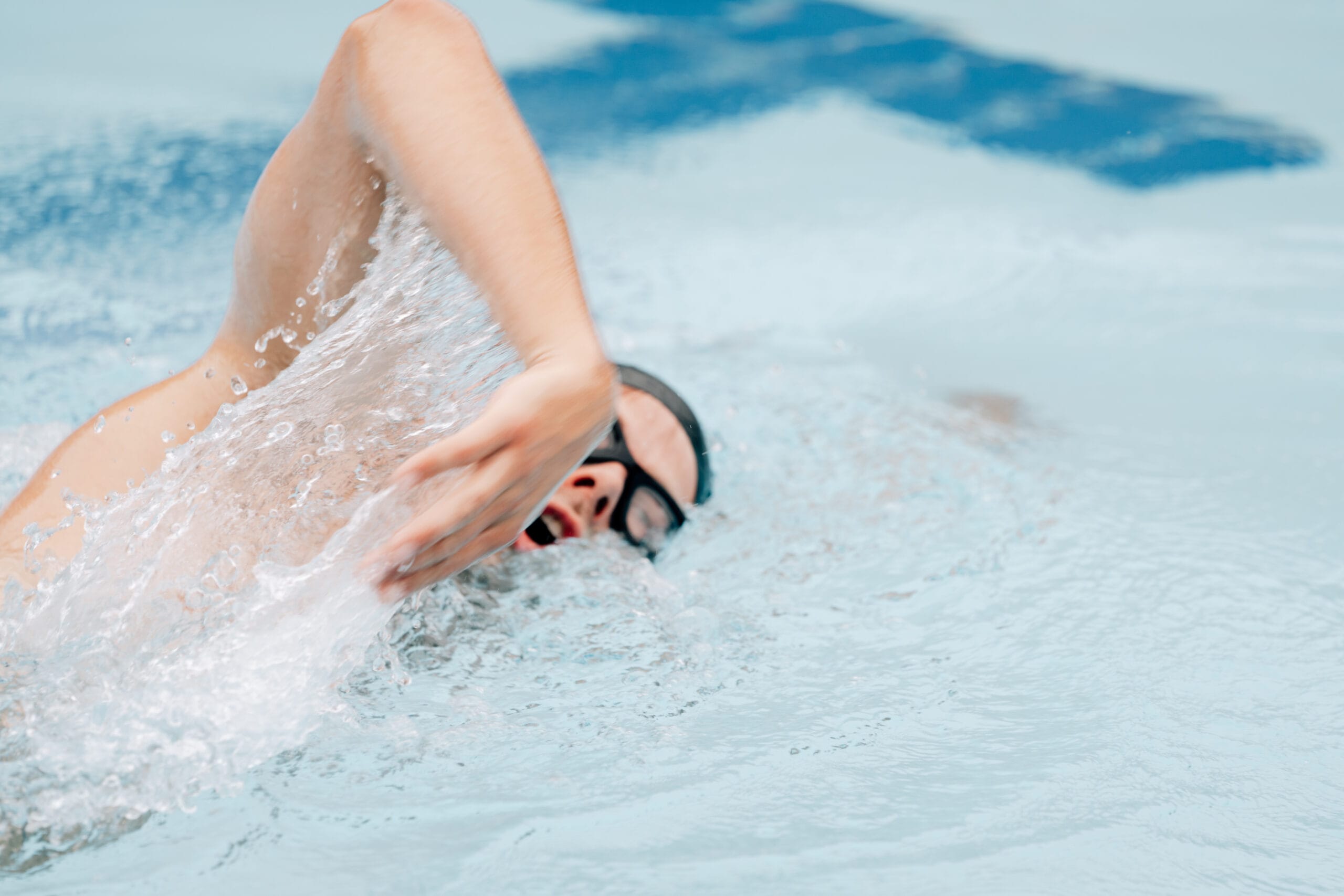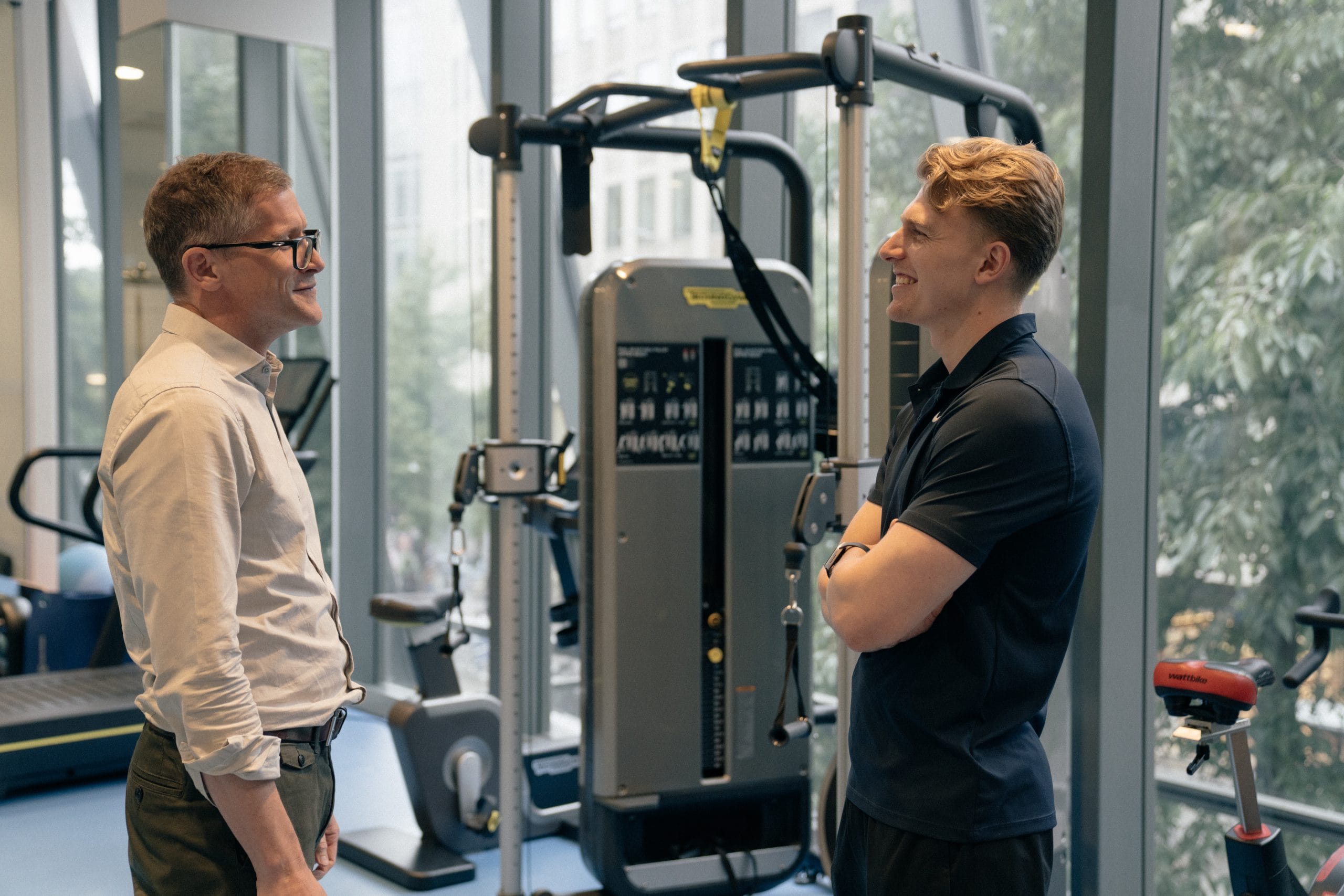Golf-Specific Strength & Conditioning: Benefits for Every Golfer

Charlie Ross
Exercise Physiologist
- 5 November, 2024
- Strength & Conditioning
- Golf
- 4 min read
In recent years, the physical demands of golf have evolved, making strength and conditioning essential for players at every level – not just the pros. From professionals to weekend warriors, players are striving for an edge on the course, just think of Bryson DeChambeau and his journey. This blog aims to provide a quick introduction to how research can direct your training to improve your game.
It’s well established that physical training improves performance and reduces injury risk in golf. But what many golfers don’t realise is how targeted assessments and exercises can directly enhance both clubhead speed and short game control.
In this article, we’ll cover the key muscle groups involved in the golf swing, common injuries, and how objective assessments can shape a more effective training plan.
Muscles That Drive Your Swing
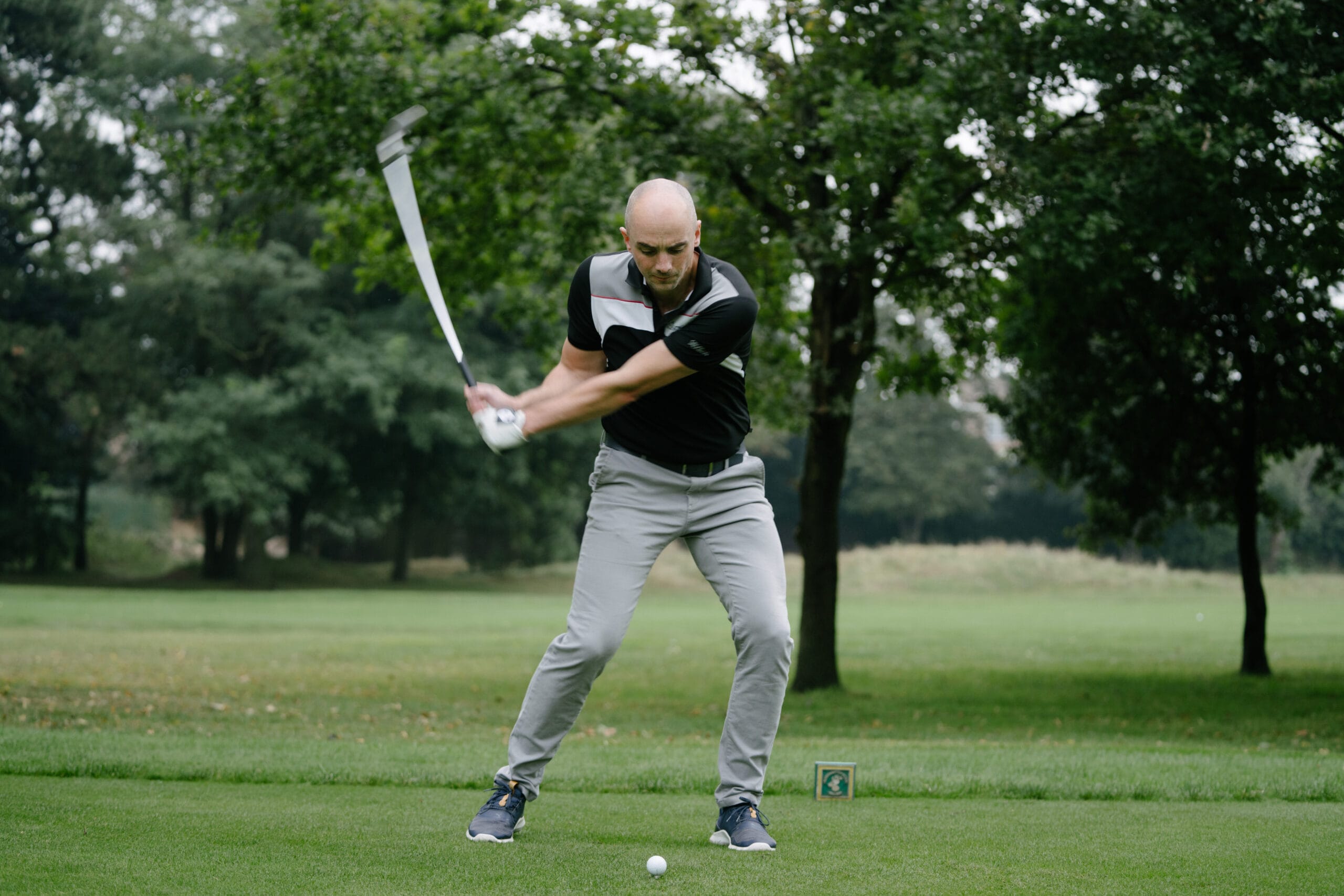
The golf swing is a complex, coordinated movement involving nearly every major muscle group. But some play a bigger role than others in generating speed, power, and stability. Here are a few of the key players and why they are focal points in a training program.
Pectoralis Major (Chest)
This muscle group is heavily involved in the acceleration phase of the swing, driving clubhead speed. Coupled with the muscles of the upper back, they transfer power efficiently from the torso to the club, while maintaining a strong and controlled club path. Imperative for shot consistency and impact force.

Gluteus Medius (Pelvic Stabilisers)
Essential for stabilising the pelvis and aiding hip rotation in the trail leg at the beginning of the downswing. The gluteus medius prevents lateral sway, which is crucial for balance and maintaining a consistent swing path.
Gluteus Maximus and Hamstrings
Part of the posterior chain, these muscles generate hip extension and power into the ball at impact. They also provide stability and help maintain posture, which can prevent excessive strain on the lower back. Tight or weak hamstrings have been linked with early extension, a frequent swing fault in amateur golfers.
Upper Back Muscles (Scapulothoracic region)

Muscles such as the rhomboids, serratus anterior, and trapezius are key players in maintaining connection throughout the swing. Limited thoracic mobility often leads to compensatory movements in the swing, commonly resulting in overuse injuries.
Core Muscles
Muscles like the obliques and rectus abdominis support rotation, stabilise the torso, and contribute to control and accuracy, particularly in the short game.
Most Common Injuries in Golfers And How to Avoid Them
Golf’s repetitive, high-torque movements place substantial strain on the body, with research indicating that up to 80% of injuries among professional golfers are due to overuse.
For amateurs, injuries frequently result from being underprepared for the physical demands of what may appear to be a low-intensity sport. The lower back is the most commonly injured area among both professionals and amateurs, followed by the shoulder, elbow, and wrist – each subject to high loads during force transfer in the swing.
These areas endure repeated torque, force transfer, and rotation. A comprehensive strength and conditioning assessment can identify physical weaknesses, allowing training to be tailored to reduce injury risk and support better swing mechanics.
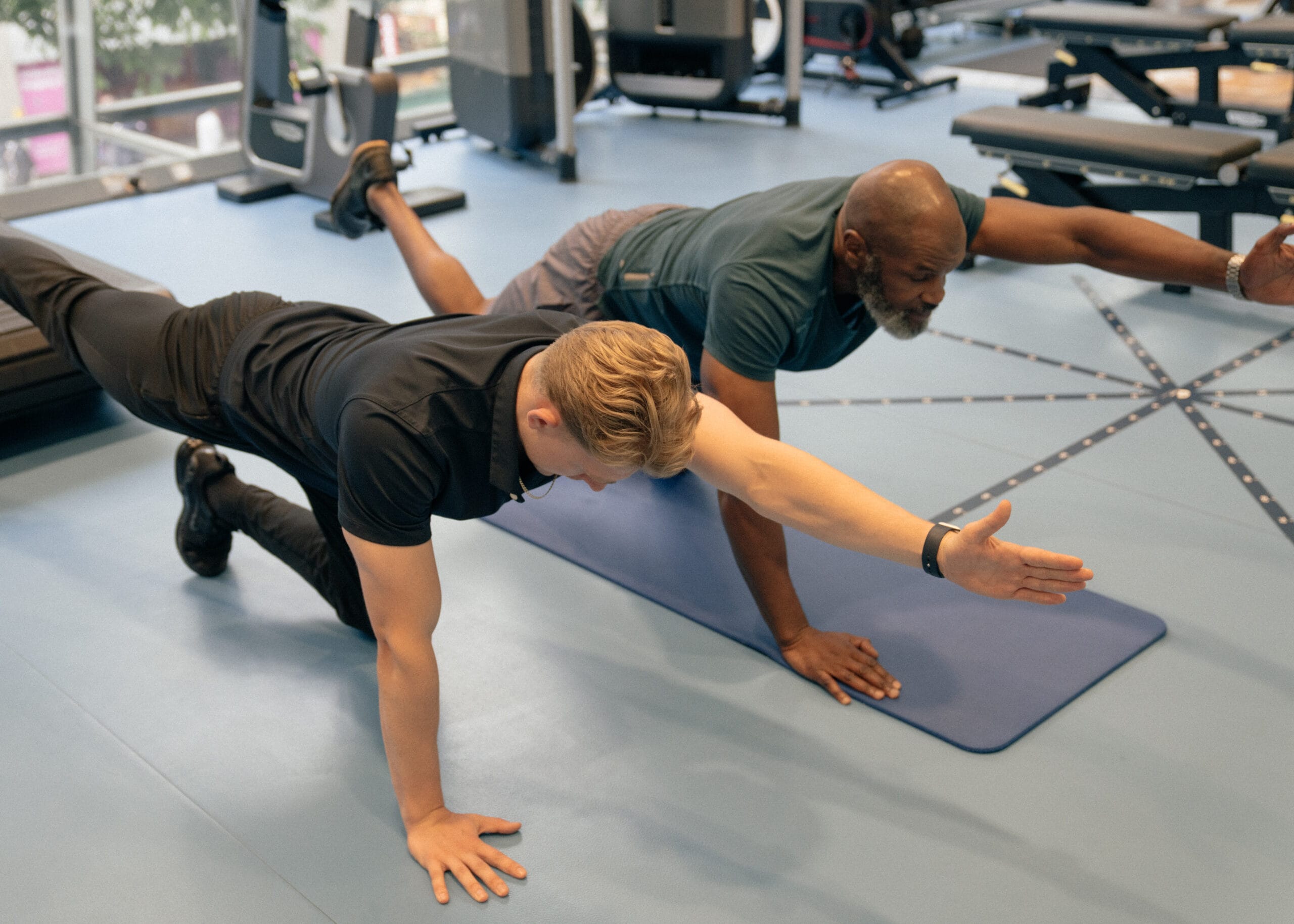
The Role of Assessment in Performance
It’s important to note that while strength does have a moderate correlation with clubhead speed and handicap, power shows a stronger correlation with both, as it reflects the ability to produce force rapidly – a critical component for effective swing momentum and impact.
Utilising tools such as the VALD ForceDecks, we are able to assess, rather than guess, where our athletes are at in terms of their physical capabilities inclusive of their relative strength and power. Providing clear objective data, these assessments provide instant feedback as to where deficiencies lie which help us to more accurately direct the training plan, and providing a baseline to measure the effectiveness of your program as it progresses.
Here are a few of the assessments we use:
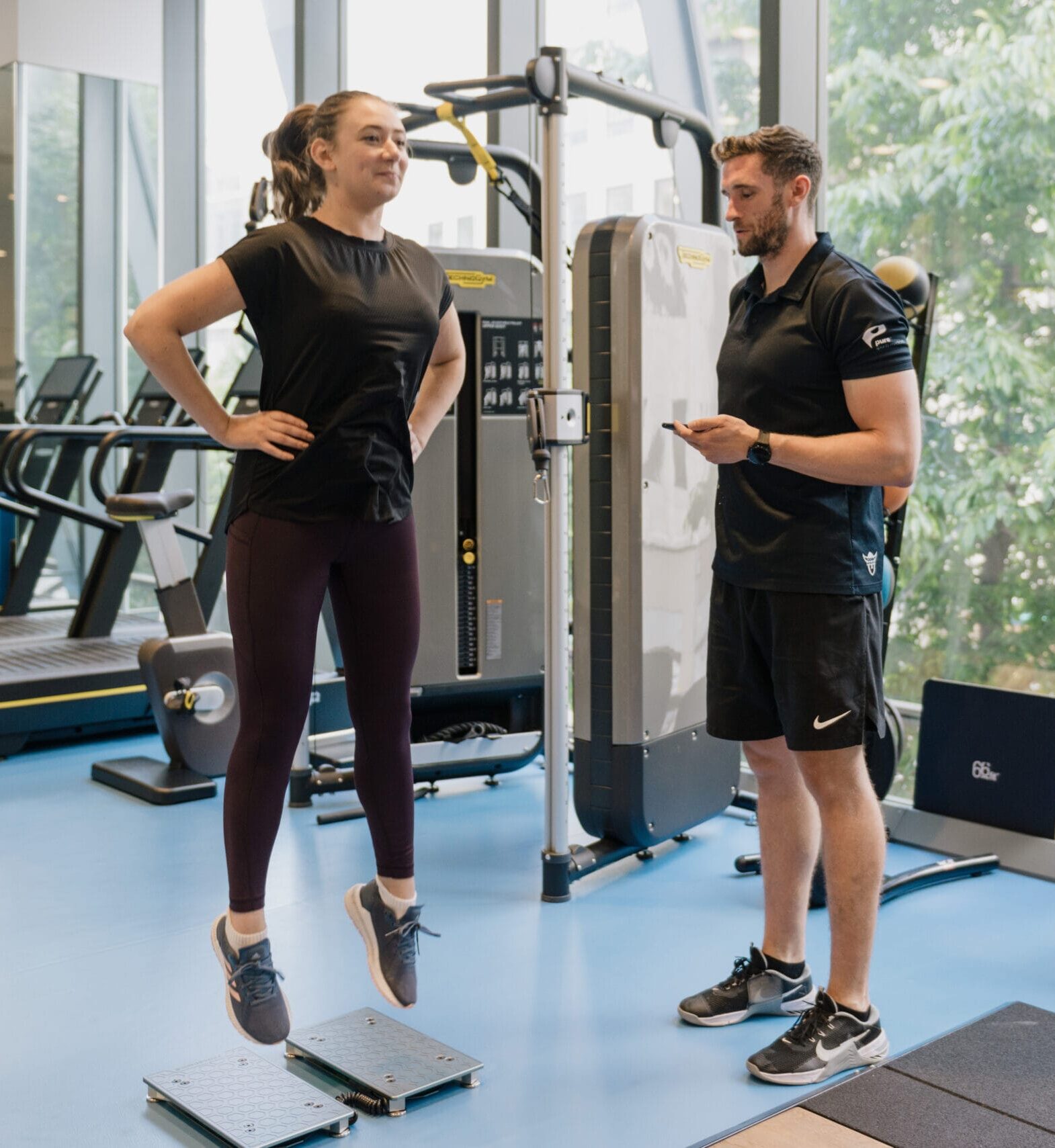
Countermovement Jump (CMJ)
CMJ height correlates with clubhead speed. Explosive lower body power supports faster hip and torso rotation.
Hip Rotation Range of Motion
Limitations in hip rotation often result in compensatory lumbar spine rotation, contributing to lower back pain.
Grip Strength
Supports stronger force transfer to the club and improves control and power at impact.
Side Plank Performance
Core stability is associated with improved short-game control and reduced injury risk.
Prone T-Test
Assesses dynamic upper-limb strength and stability using ForceDecks, and is linked to improved clubhead speed.
Whether you’re an amateur or aspiring professional, targeted physical assessment and training can make a measurable difference to your golf performance. A golf-specific assessment can help:
- Increase clubhead speed
- Improve consistency and control
- Reduce injury risk
- Track progress with objective data
To find out more or book an assessment with one of our Strength & Conditioning Coaches, book online today or contact our Patient Support Team via 020 7788 7000, [email protected] or via the webchat.
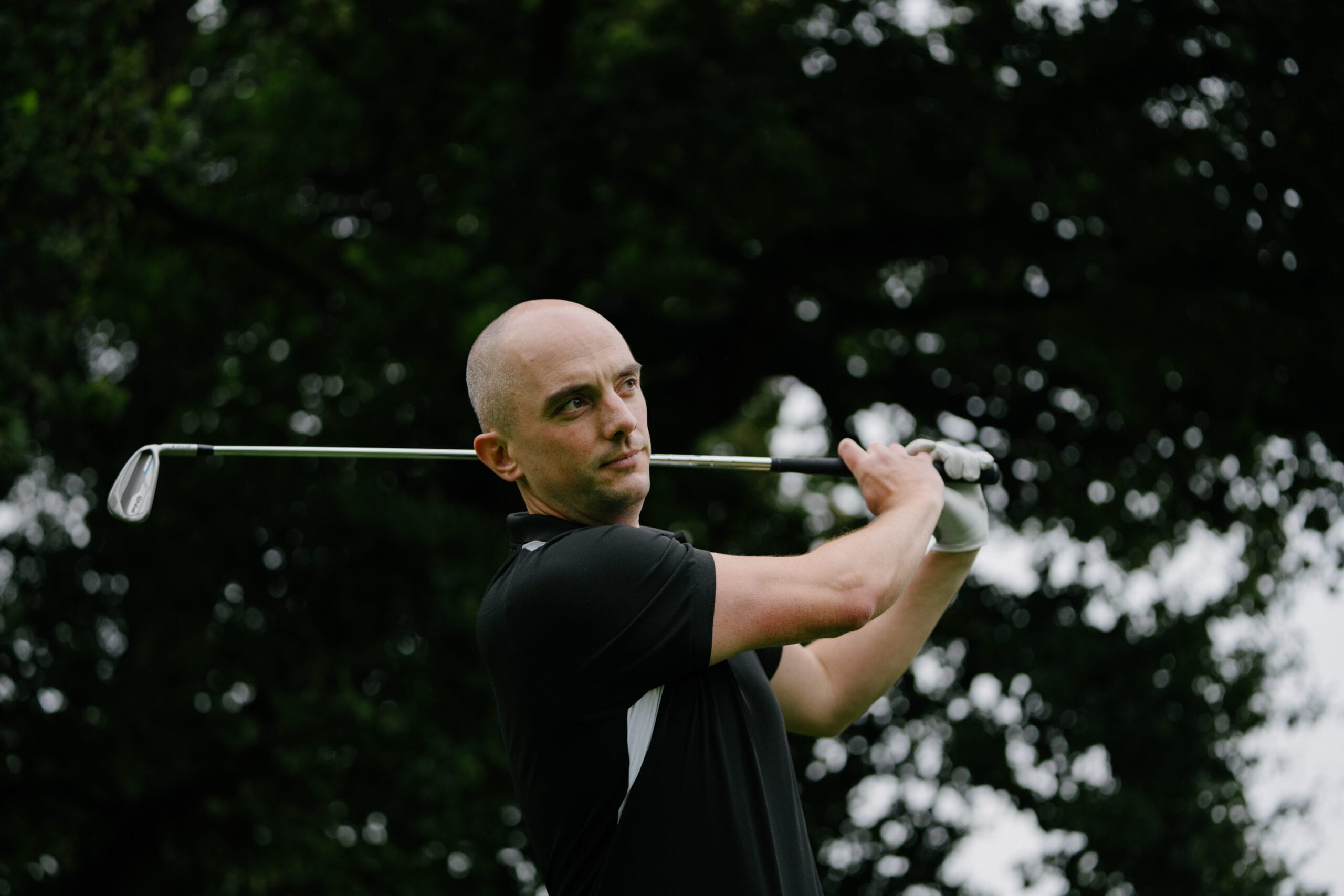
References
1. Behm, D. G., Young, J. D., Whitten, J. H., Reid, J. C., Quigley, P. J., Low, J., … & Granacher, U. (2017). Effectiveness of traditional strength vs. power training on muscle strength, power and speed with youth: a systematic review and meta-analysis. Frontiers in physiology, 8, 423.
2. Cabri, J., Sousa, J. P., Kots, M., & Barreiros, J. (2009). Golf-related injuries: a systematic review. European Journal of Sport Science, 9(6), 353-366.
3. Ehlert, A. (2021). The correlations between physical attributes and golf clubhead speed: A systematic review with quantitative analyses. European Journal of Sport Science, 21(10), 1351-1363.
4. McHardy, A., & Pollard, H. (2005). Muscle activity during the golf swing. British journal of sports medicine, 39(11), 799-804.
5. Wells, G. D., Elmi, M., & Thomas, S. (2009). Physiological correlates of golf performance. The Journal of Strength & Conditioning Research, 23(3), 741-750.

Advice
Over the last 20+ years our experts have helped more than 100,000 patients, but we don’t stop there. We also like to share our knowledge and insight to help people lead healthier lives, and here you will find our extensive library of advice on a variety of topics to help you do the same.
OUR ADVICE HUBS See all Advice Hubs
